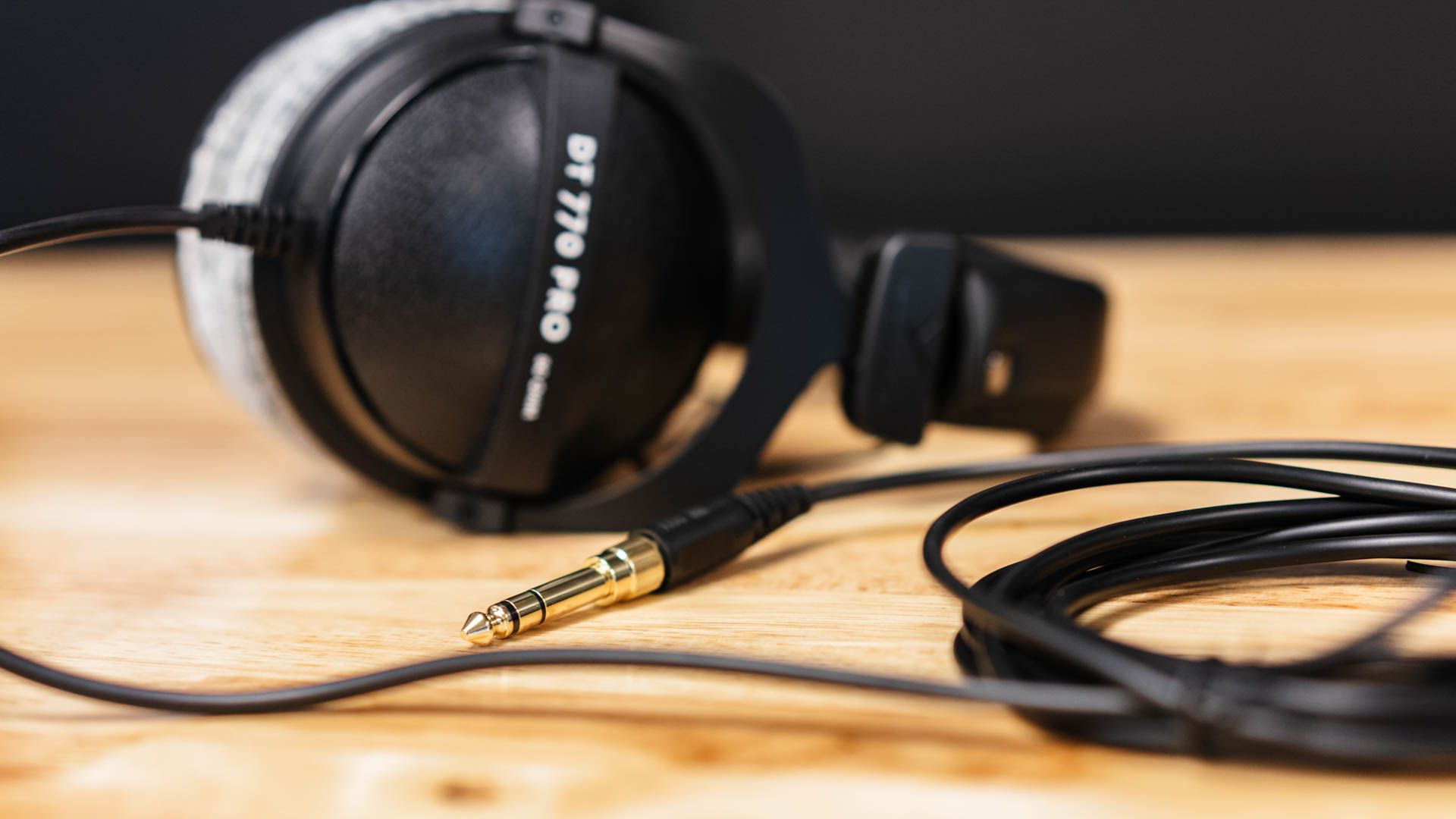
The online audio sphere is plagued by myths. Most are fairly harmless, but it’s nevertheless valuable to get the facts. Here are some of the most pervasive audio myths, and the truth behind them.
1 Myth: You Need to Burn in Your Headphones
Headphone “burn-in” is a widespread and long-standing myth among audiophiles. It refers to the idea that you need to break in your headphones to make them sound better, like when you break in a pair of shoes. The way you supposedly do this is just by playing audio, be it music, white noise, or whatever else. The idea is that you play this audio for a certain period of time, usually about 40 hours. In those 40 hours, you are supposed to play the audio without listening to the headphones until the burn-in period is over.
The truth is, headphone burn-in isn’t a real thing. Headphones’ frequency response doesn’t change in any noticeable way after some arbitrary period of use. RTINGS even did tests with multiple pairs of headphones and found no evidence of burn-in being a real, significant thing. You should just use your headphones when you get them instead of wasting time and energy playing audio through them until they’re “burned in.” This myth is so pervasive that even manufacturers like Soundcore and JLab have blog posts about how to burn in your headphones. Don’t waste your time.
2 Myth: Good Speakers Always Mean Better Sound
While bad speakers will likely not make your music sound very good, it’s worth remembering that good speakers won’t make up for bad quality music. The foundation of a good listening experience is the sound source itself. If you are listening to super compressed MP3s or a badly mastered song, no matter what you listen to them through, it’s not going to sound fantastic.
Before you go out and upgrade your speakers, first see if the audio itself could be better. If you’re using a streaming service, change the streaming quality to the highest quality it allows you to, or put on a CD or a lossless file like a FLAC. If that sounds better than what you were originally listening to, you can save yourself some money and not get new speakers.
3 Myth: Gold-Plated Cables Are Better
Gold-plated cables are often heralded as a superior or premium option compared to regular cables, but this doesn’t mean anything when it comes to sound quality. Gold plating serves the purpose of preventing the copper underneath from tarnishing, and it looks nice. Since copper tarnishes easily and loses contact area when it does, it needs to be plated with something. Gold doesn’t rust or tarnish like copper does, so it’s an effective plating to keep the cable usable.
But gold plating isn’t necessarily better than the usual nickel plating you find on most cables. Nickel is significantly cheaper, and pure gold-plating isn’t as durable as nickel either. It’ll wear away the more you plug and unplug your cable. Gold-nickel alloy plating is durable and looks beautiful, but it won’t affect the quality of your music or be any better than plain nickel. Gold is more conductive than nickel, but that factor is negligible when it comes to performance, especially since the electrical signal is mostly going through the copper wires anyway. Cables are largely utilitarian, and when they’re plugged in, nobody is going to see the gold plating. Just stick with nickel.
4 Myth: Digital or Analog Audio Is Better Than the Other
When it comes to sound, there can be technical, granular aspects that make one thing “better” than another. But ultimately, a lot of our listening experience is subjective. Every person will have different preferences, and analog vs digital is a great example of this. Some people swear by digital tracks, since you have full control over the quality of the audio, and there aren’t any factors like harmonic distortion and a higher noise floor to worry about. Other people prefer analog media, like vinyl records, because of the unique “warm” sound they have, and the difference in mastering between vinyl and digital tracks.
While many opinionated people will have their arguments in favor of either side, neither is better than the other in the grand scheme of things. The best medium for you is the one you like the most. There’s no point in evangelizing about which format is superior, because at the end of the day, you like what you like.
5 Myth: No Latency Bluetooth Exists
The nature of Bluetooth technology is such that some lag between your audio source and your headphones or speaker will always exist. Bluetooth requires data to be encoded and then decoded when it’s transmitted between devices, which takes some time, even if it’s quite short. That’s why when you’re watching a video or movie while wearing Bluetooth headphones, you’ll notice that the audio is a bit behind the visuals. Qualcomm introduced the aptX Low Latency codec, which has latency of 40ms, which can still be a noticeable amount of latency.
If you want lower latency wireless options, you’re better off with headphones or speakers that use a 2.4GHz connection or Wi-Fi. While both of these technically still have latency, it’s significantly lower, to the point that most people can’t tell if there’s any latency at all. This is why so many gaming headsets use USB 2.4GHz receivers. Better yet, if you don’t want to risk latency at all, just use wired headphones.
6 Myth: Wide Frequency Response Is Better
Spec sheets for headphones will often list a frequency response range, which is generally in the ballpark of 20 to 20000Hz. This is the general range of human hearing, so it makes sense that headphones would have a frequency response that covers that entire spectrum. However, some manufacturers will list ranges beyond 20 to 20000Hz, both higher and lower. But a wider range doesn’t actually mean those headphones are better.
Because human hearing ranges from 20 to 20000Hz, there’s no need for your headphones to be able to play sounds higher or lower than that. You aren’t going to hear them, so there’s no point. Unless you’re buying headphones for your dog or your cat, nobody is going to get anything out of headphones with a wider frequency response range.
Now that you know the truth behind some of the most common myths, you’re better equipped as a consumer and audio enthusiast. So, the next time you come across a manufacturer boasting no-latency Bluetooth, or a forum user claiming that burn-in is real, you can just keep scrolling.
Source link












